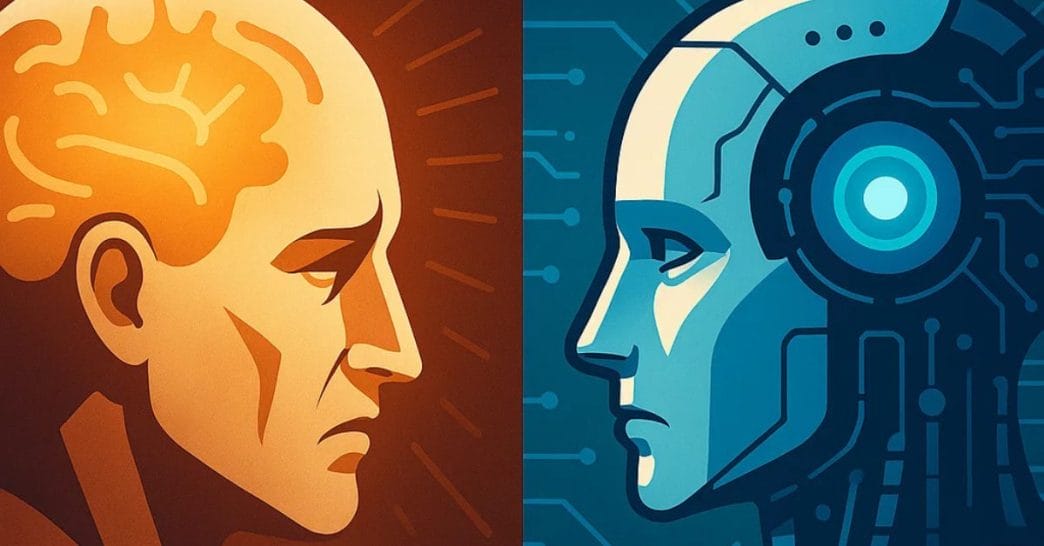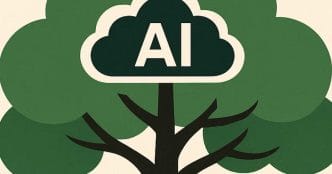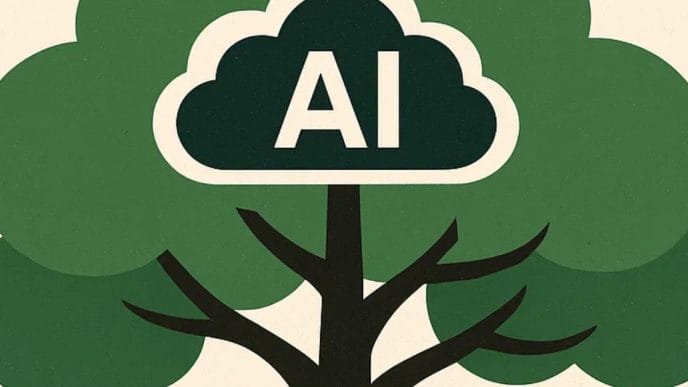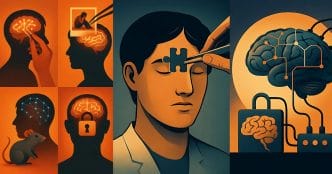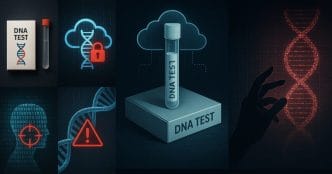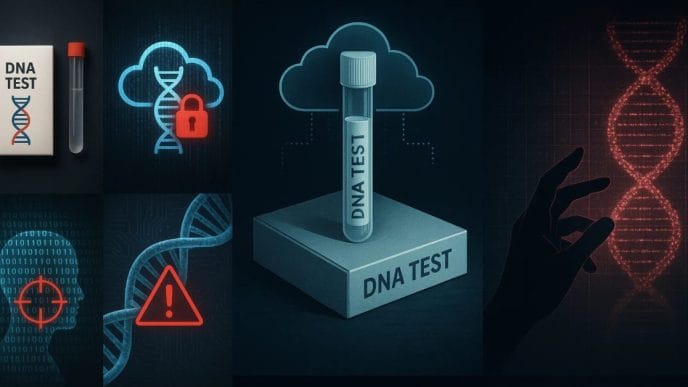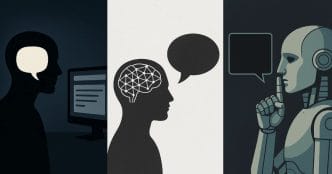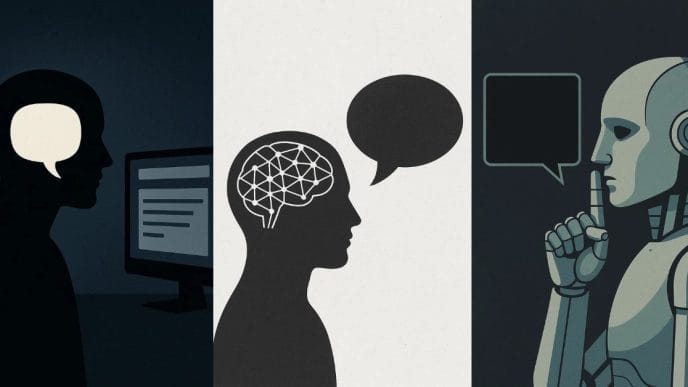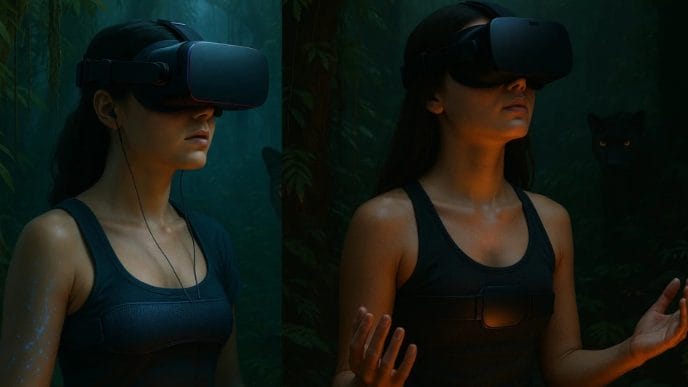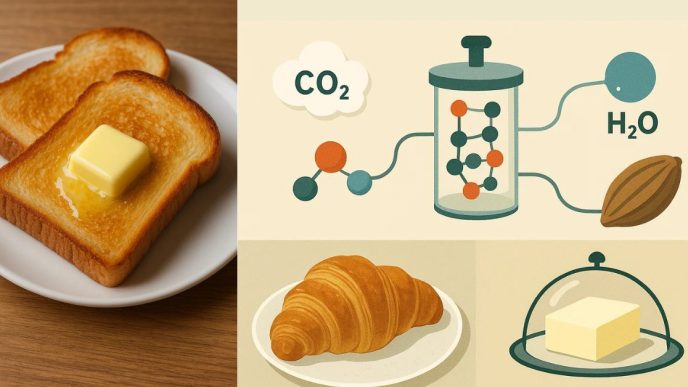Two mindsets rule our world like invisible operating systems.
Scarcity and Abundance.
One is fear-fueled, competitive, and transactional.
The other is trust-driven, creative, and cooperative.
For centuries, scarcity has dominated, shaping economies, policies, and behaviors. It birthed capitalism, colonialism, competition—and ultimately conflict. But as we hurtle into the AI age, an abundance reality is emerging—one where machines overdeliver, automation creates surplus, and the old mental software begins to crash.
Is humanity ready for this tectonic shift?
Will we cling to the scarcity mindset—or embrace a world where enough is not just possible, but inevitable?
Scarcity Mindset: The Old World Engine
The scarcity mindset is built on a core belief: There’s not enough to go around.
This core assumption breeds:
- Competition over collaboration
- Hoarding over sharing
- Distrust over collective flourishing
From geopolitics to corporate rivalry, scarcity-driven thinking has manifested in:
- Divide-and-rule strategies
- Exploitation of labor and resources
- Short-term profit over long-term well-being
It’s the default mental model in a world where resources used to be limited, and control meant survival.
But then came AI.
The Rise of AI: Birth of the Abundance Era
AI, automation, and intelligent algorithms are now doing what once required entire industries.
Machines can:
- Write legal documents
- Diagnose diseases
- Compose music
- Create entire software codebases
- Design homes, manage farms, and even generate policy drafts
With tools like ChatGPT, Midjourney, and AutoGPT, creative labor itself is being automated.
Meanwhile, in physical domains:
- 3D printing, robotics, and AI-driven manufacturing are reducing material waste and time
- Smart logistics make supply chains hyper-efficient
- Platforms optimize services like education, healthcare, and even legal aid
Result?
We’re no longer just producing enough.
We’re entering surplus mode—with AI scaling up services faster than demand can grow.
IV. Overcapacity & Job Displacement: The Paradox of Plenty
Now comes the twist.
More goods and services, less human labor.
More automation, fewer traditional jobs.
This isn’t speculative.
Already, by 2025:
- AI is predicted to displace 85 million jobs while creating 97 million new roles (WEF report)
- But the new jobs are niche, skill-specific, and unevenly distributed
This can birth two pathways:
- Jobless frustration → social unrest, mental health issues
- Time liberation → exploration of creativity, self-awareness, and deeper values
So we ask:
Is society mentally ready to be free?
Or are we still hardwired to equate work with worth?
Reimagining Human Purpose: Creativity, Community & Consciousness
If machines handle productivity, what becomes of purpose?
Here enters the abundance mindset:
- Trust-based cooperation, not fear-based competition
- Open-source ecosystems, not patented monopolies
- Universal Basic Income (UBI) to stabilize income beyond labor
- Time for art, music, science, philosophy, and inner exploration
The world sees hints already:
- Rise of solopreneurs, digital nomads, creators
- 4-day work week trials showing better productivity and wellbeing
- Mental health, spirituality, and philosophy rising in public discourse
If the 20th century was industrial, the 21st could be existential.
VI. The Power of Mindset: Why AI Alone Won’t Save Us
Despite the tech, the real bottleneck isn’t code—it’s consciousness.
AI can:
- Optimize supply chains
- Predict climate patterns
- Drive self-driving cars
But AI can’t shift human mindset… unless we do it ourselves.
We need:
- Education systems that teach abundance, cooperation, emotional intelligence
- Leaders and institutions that move from fear-based hoarding to trust-based sharing
- A new economic model that values time, well-being, and sustainability over GDP
Without that, even the most advanced AI will be used to deepen inequality, increase control, and reinforce the very scarcity we’re trying to escape.
The Choice Before Us: Collapse or Co-create
Every technology reflects the mind behind it.
We stand at a fork:
- Scarcity Mindset Abundance Mindset
- Control & Divide Share & Collaborate
- Profit at Any Cost Sustainability First
- Fear of Loss Trust in Flow
- Job = Worth Purpose = Growth
AI is not destiny. Mindset is.
We can use AI to dominate—or to distribute.
To enslave—or to evolve.
The time is now to decide what kind of species we wish to be in an abundant world.
The Battle Within
As AI reshapes our material reality, it confronts us with a deeper question:
Can humanity outgrow the fear of not having enough?
That’s the final frontier.
Not Loss. Not Singularity.
But Mental Rewiring.
If we rise above scarcity-thinking, we might just co-create a world where:
Everyone’s needs are met.
Creativity flourishes.
Machines liberate, not replace.
And humans finally do what only humans can—dream, love, imagine, and awaken.
Let AI be our tool, not our tether.
Let abundance be our default, not our delusion.
The last stand of scarcity begins now.

